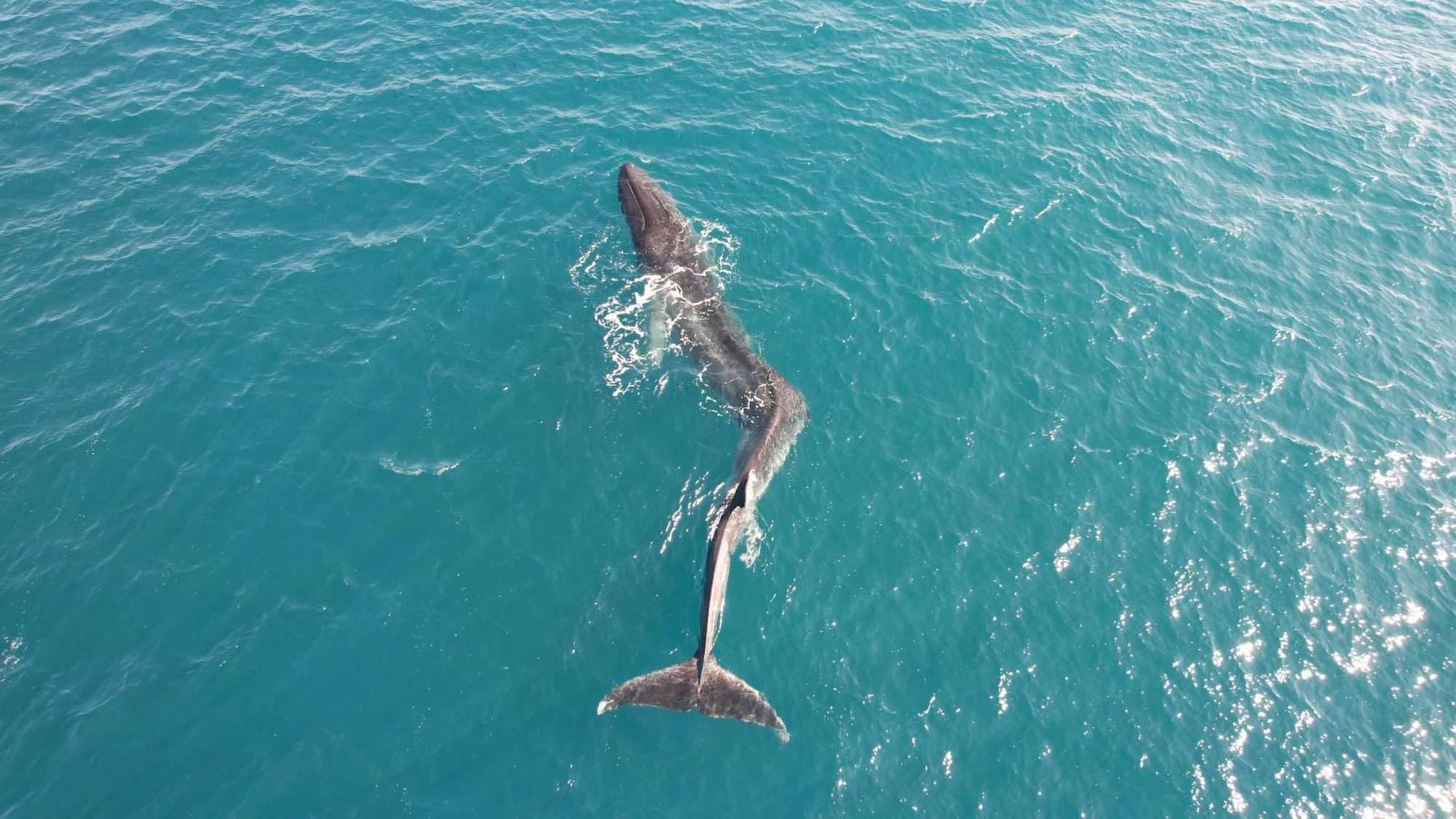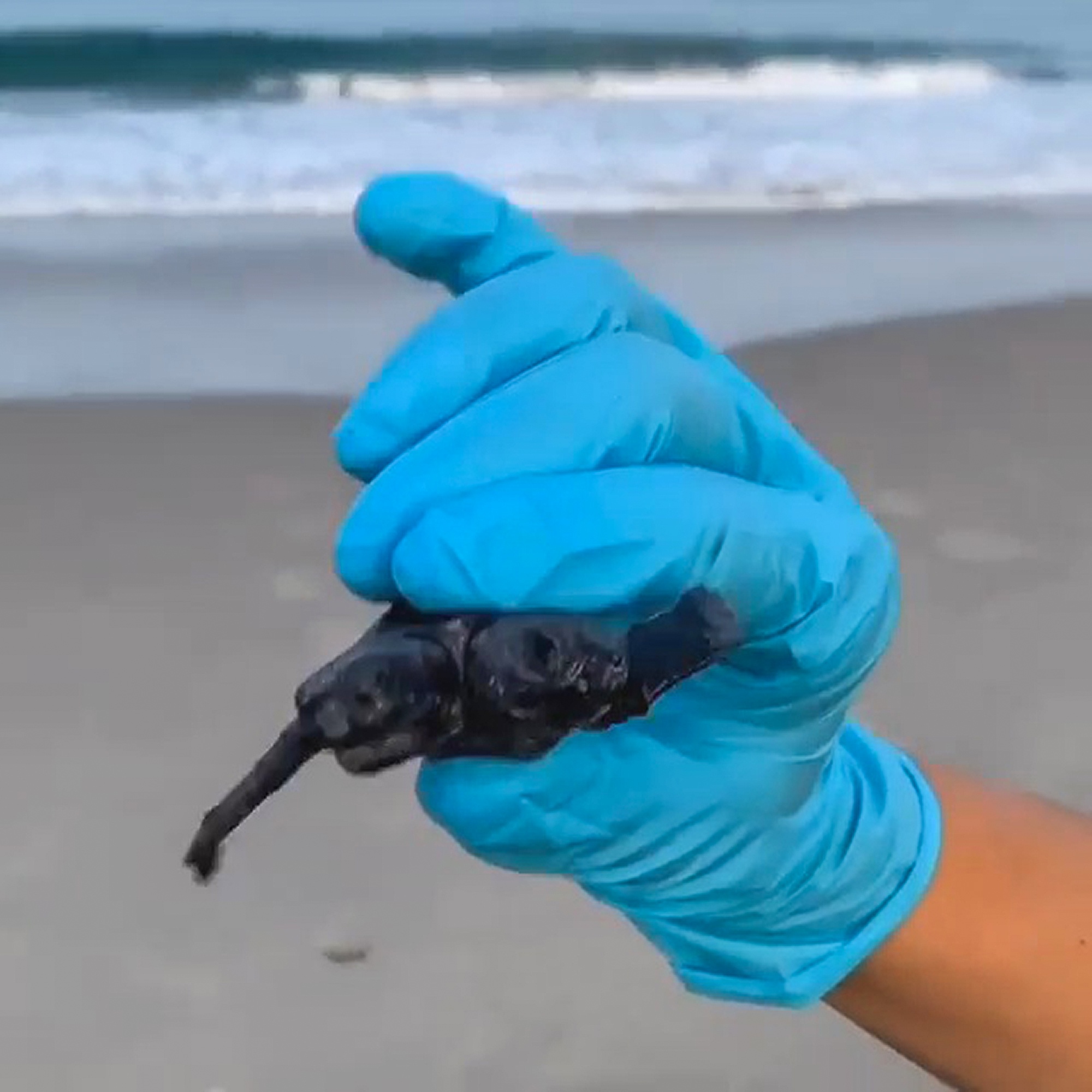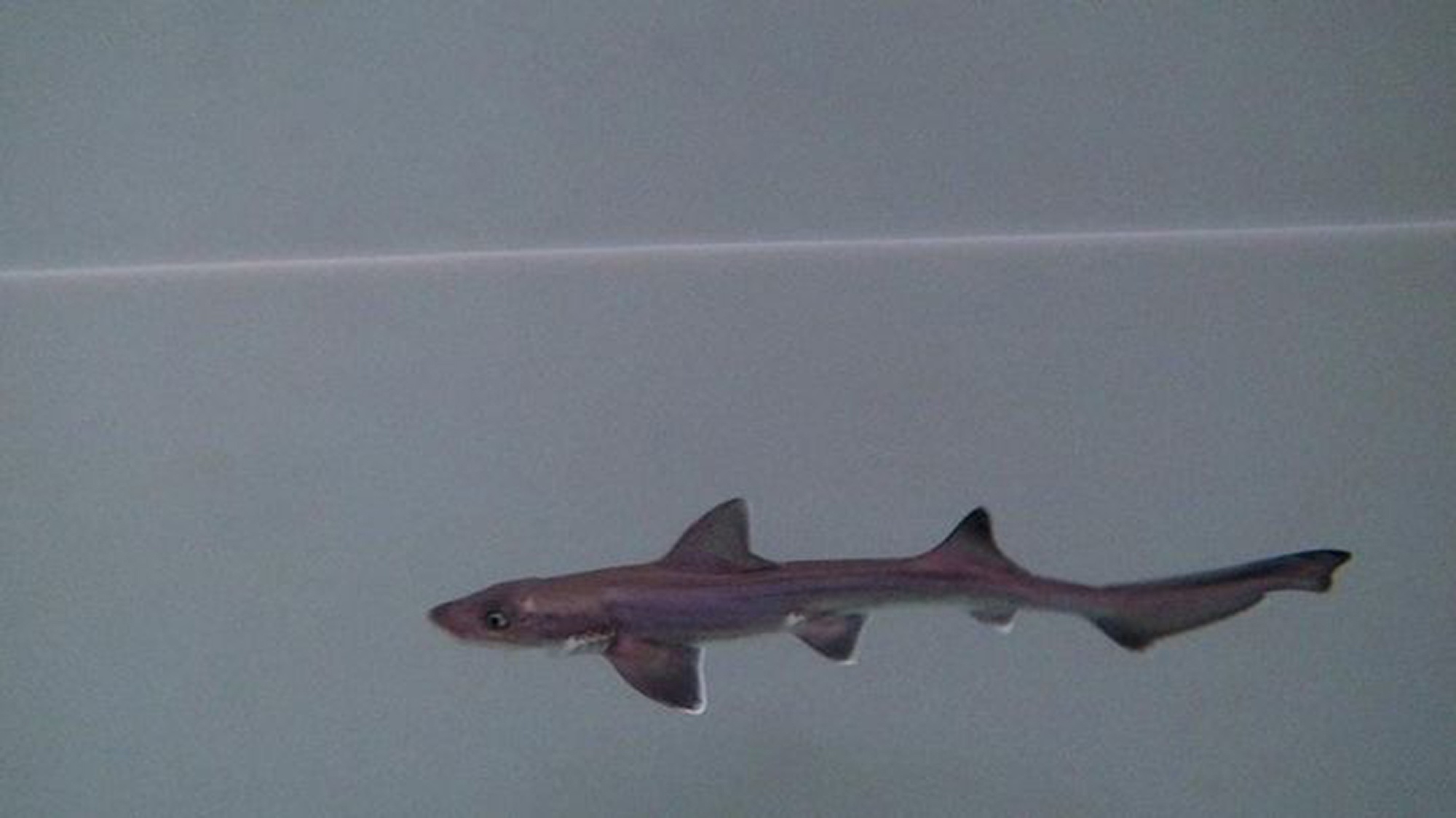A sexy vocal technique used by Kim Kardashian and Katy Perry is also being used by dolphins and whales to help them catch their prey, says a new study.
Vocal fry is characterised by dragging out certain syllables to make them deep and raspy and is used by a host of Hollywood celebrities.
Now researchers from the University of Southern Denmark and Aarhus University have discovered that whales use it to echolocate their food.
The technique – says the study – is common among sperm whales, killer whales, dolphins and porpoises.
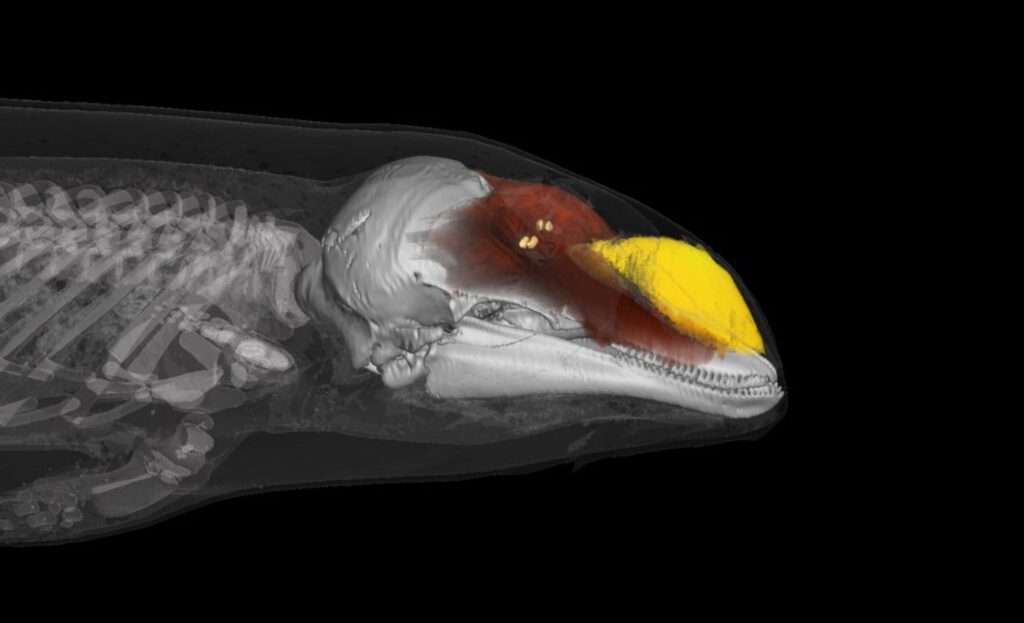
Vocal fry is one of the toothed whales’ three vocal ranges.
Others are the normal speaking voice and the falsetto register characterised with higher frequencies.
Voice scientist at the Department of Biology at the University of Southern Denmark Professor Coen Elemans said in a statement obtained by Newsflash: “Vocal fry is a normal voice register that is often used in American English.
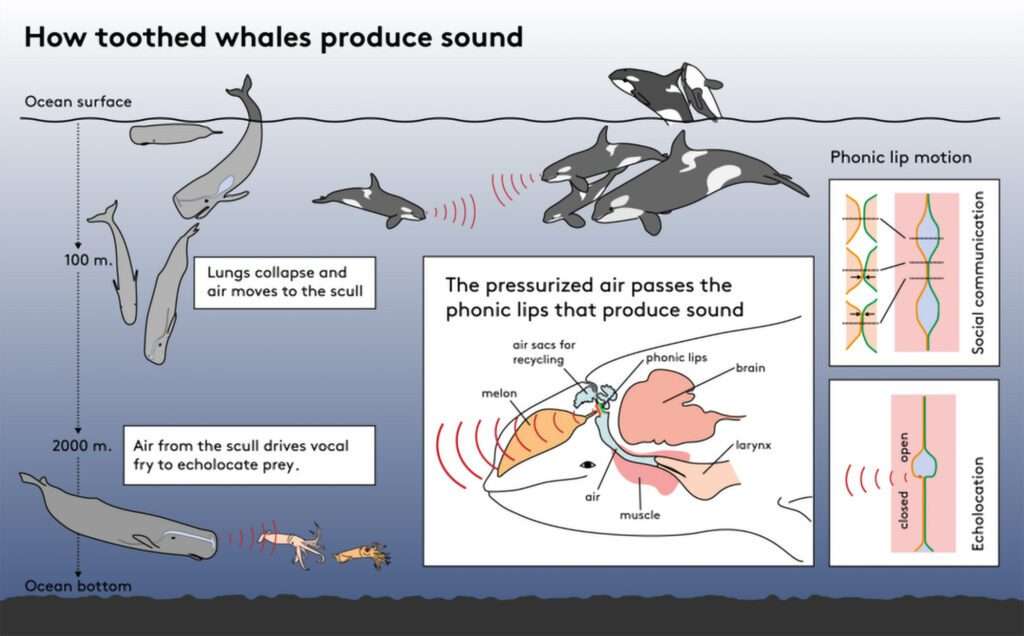
“Kim Kardashian, Katy Perry and Scarlett Johannsen are well-known people using this register.
“During vocal fry, the vocal folds are only open for a very short time, and therefore it takes very little breathing air to use this register.”
Whale biologist at the Department of Biology at the Aarhus University in Denmark Professor Peter Madsen, added: “And this air-economy makes it especially ideal for echolocation.
“During deep dives, all air is compressed to a tiny fraction of the volume on the surface.”
Toothed whales which dive as deep as 2,000 meters (6,561 feet) and catch more fish than the whole human fishing industry reportedly produce short, powerful and ultrasonic echolocation clicks.
At rates of up to 700 per second, these clicks serve them to locate, track and catch prey, according to the study.
Madsen said: “Thus vocal fry allows whales access to the richest food niches on earth; the deep ocean.”
Elemans added: ” While vocal fry may be controversial in humans and may be perceived as everything from annoying to authoritative, it doubtlessly made toothed whales an evolutionary success story.”
The study reportedly outthrew previous outdated research that toothed whales make sounds with their larynx just as other mammals.
Additionally, it showed that they have evolved an air-driven sound production system in their nose, that functions physically analogous to laryngeal and syringeal sound production in mammals and birds.
Madsen explained: “Evolution has moved it from the trachea into the nose, which allowed much higher driving pressures – up to five times what a trumpet player can generate – without damaging lung tissues.”
Elemans explained that at depths of more than 100 metres (328 feet) whale lungs collapse to escape compression sickness and as such they do not provide air supply.
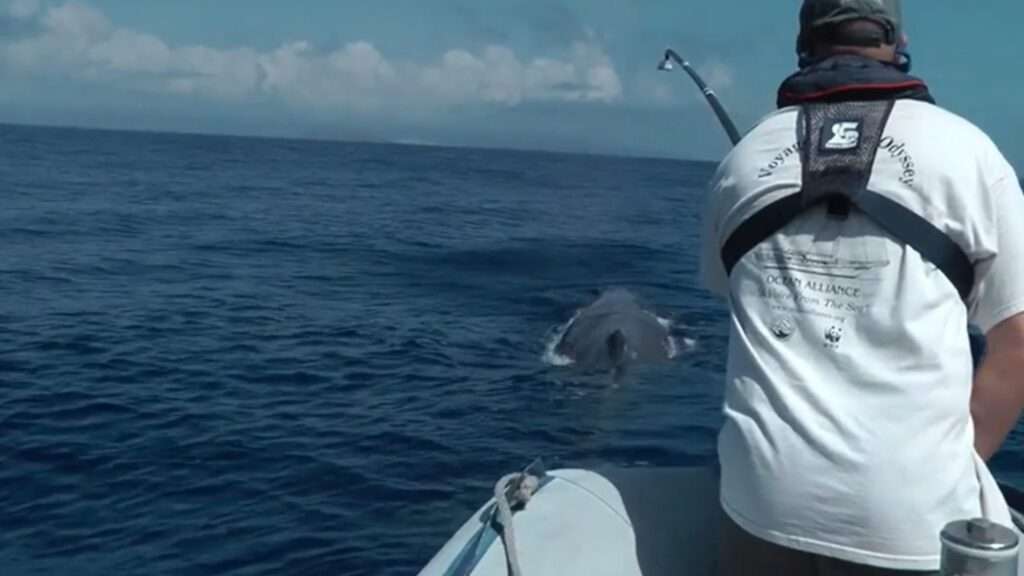
The remaining air however, is located in whales’ nasal passages of the skull which provides a small but sufficient airspace to produce echolocating sound at astonishing depths.
When echolocating toothed whales pressurise air in their bony nose it then passes structures called phonic lips which vibrate like vocal cords, says the study.
Elemans added: “This high driving pressure allows toothed whales to make the loudest sounds of any animal on the planet.”
As well as echolocation, toothed whales use their chest and falsetto registers for complex social communication.
Madsen said: “Some species, like killer and pilot whales, make very complex calls that are learned and passed on culturally like human dialects.”
The researchers who spent nearly a decade on the study reportedly used several approaches with both trained dolphins and animals in the wild to record their sounds.

The live recordings were made at Dolfinarium Harderwijk aquarium in Holland.
Elemans concluded: “It took us close to 10 years to develop new techniques, gather and analyse all our data.”
Biophysicist and voice researcher from the Department of Behavioral and Cognitive Biology at the University of Vienna Christian Herbst who carried out a similar study said: “It is impressive that many mammals have vocal capabilities that are physically comparable to those of humans and use them accordingly in non-verbal communication.
“But the fact that we can also use the voice to sing opera or heavy metal, for example, is impressively unique to us in the animal kingdom.”
The study was published in the peer-reviewed academic journal ‘Science‘ on Thursday, 2nd March 2023.


